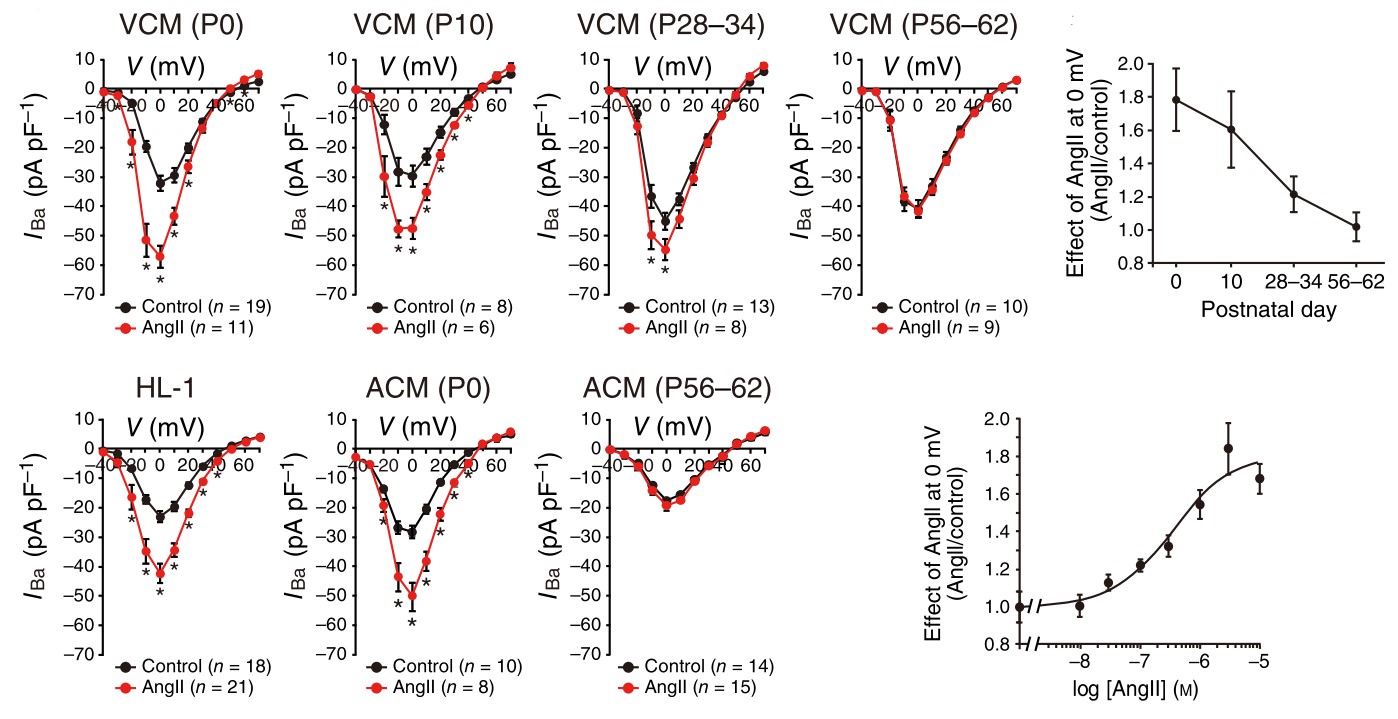- Home
-
Screening
- Ionic Screening Service
-
Ionic Screening Panel
- Ligand Gated Ion Channels
- Glycine Receptors
- 5-HT Receptors3
- Nicotinic Acetylcholine Receptors
- Ionotropic Glutamate-gated Receptors
- GABAa Receptors
- Cystic Fibrosis Transmembrane Conductance Regulators (CFTR)
- ATP gated P2X Channels
- Voltage-Gated Ion Channels
- Calcium Channels
- Chloride Channels
- Potassium Channels
- Sodium Channels
- ASICs
- TRP Channels
- Other Ion Channels
- Stable Cell Lines
- Cardiology
- Neurology
- Ophthalmology
-
Platform
-
Experiment Systems
- Xenopus Oocyte Screening Model
- Acute Isolated Cardiomyocytes
- Acute Dissociated Neurons
- Primary Cultured Neurons
- Cultured Neuronal Cell Lines
- iPSC-derived Cardiomyocytes/Neurons
- Acute/Cultured Organotypic Brain Slices
- Oxygen Glucose Deprivation Model
- 3D Cell Culture
- iPSC-derived Neurons
- Isolation and culture of neural stem/progenitor cells
- Animal Models
- Techinques
- Resource
- Equipment
-
Experiment Systems
- Order
- Careers
Cav1.2
Cav1.2 plays an important role in the contraction of the heart. It is particularly important and well known for its expression in the heart where it mediates L-type currents, which causes calcium-induced calcium release from the ER Stores via ryanodine receptors. The block of calcium current can lead to AV block and negative inotropy. Cav1.2 depolarizes at -30mV and helps define the shape of the action potential in cardiac and smooth muscle.

Fig. 1 AngII increases twitch Ca2+ transients and L-type Ca2+ channel currents in immature cardiomyocytes.
Testing of compounds for interactions with Cav1.2 channel in Creative Bioarray identify potential cardiac risk in humans and can be used as a screen in development candidate selection.
Creative Bioarray currently provides manual patch clamp assay using acutely isolated animal cardiomyocytes or HEK 293-Cav 1.2 cell line to test drug's inhibition or potentiating effect on Cav1.2 channels. This assay is one of the preclinical cardiac safety assays highly recommended in the pharmaceutical industry.
Cav1.2/β2/α2δ1 (CACNA1C/CACNB2/CACNA2D1)
Tissue-specific Location: heart, smooth muscle, neurons and endocrine tissue.
Therapeutic Targets: cardiac arrhythmia and hypertension.
Reference
- Kashihara T, et al. Angiotensin II activates CaV1.2 Ca2+ channels through β-arrestin2 and casein kinase 2 in mouse immature cardiomyocytes. J Physiol. 2017; 595: 4207–4225.
Related Section
Inquiry

